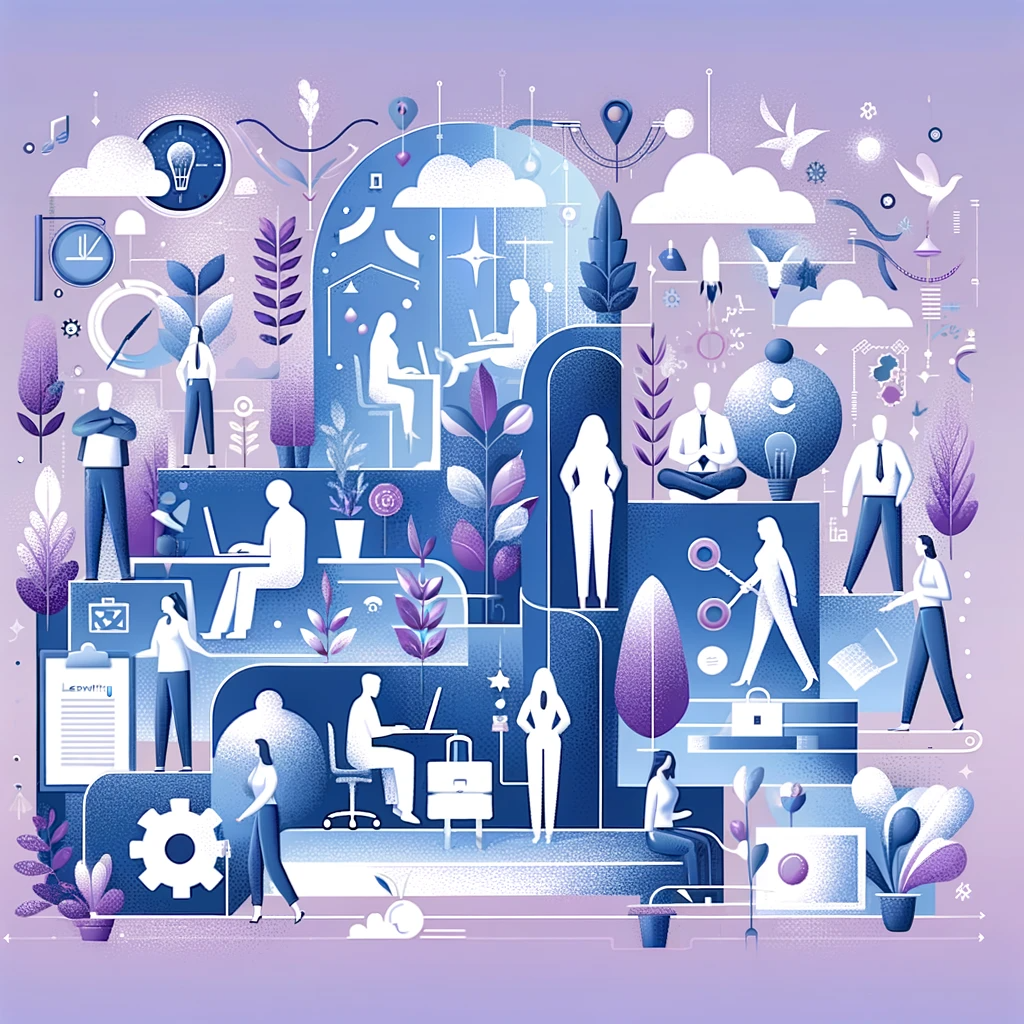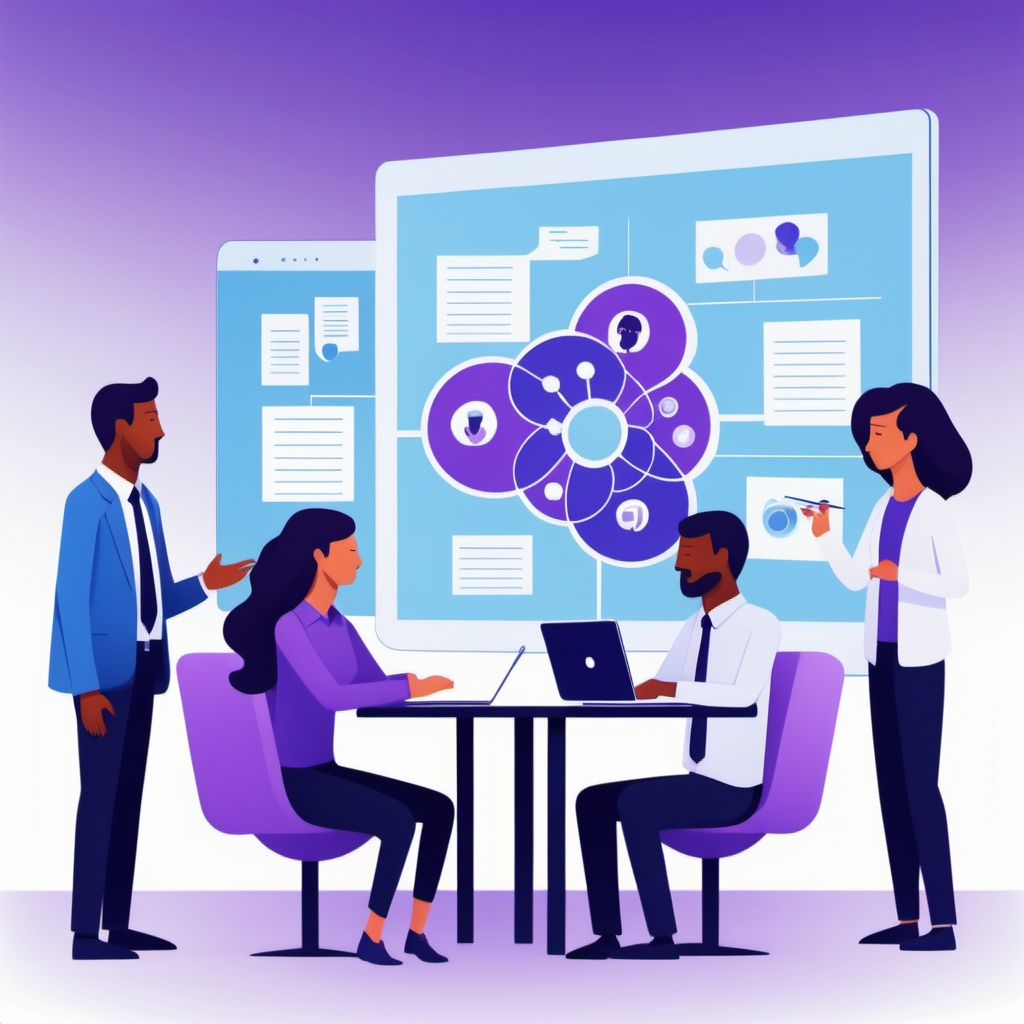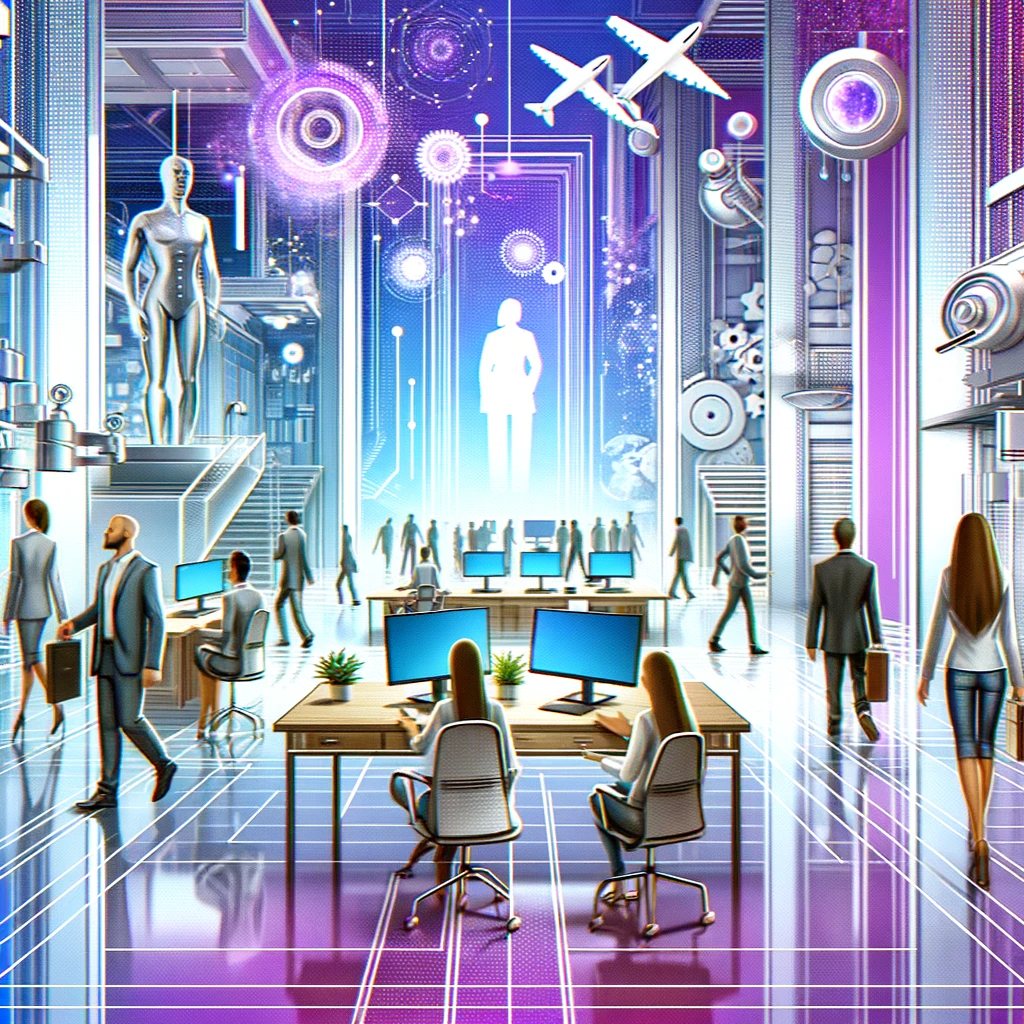Employee Experience Top 3 samples, and Why is it Important?
Employee experience (EX), refers to any and all interactions, engagements, thoughts, and feelings your employees experience throughout their career with your organization. From recruitment and hiring, to the employee’s on-the-job experiences. To their eventual offboarding, EX involves the granular and overarching aspects of their journey with your company.
The key areas EX is most concerned with include:
● Work environment and culture
● Team dynamics
● Employee health and wellbeing
● Employee learning and development opportunities
Providing an exemplary overall experience to your employees is essential to…
● Attract, recruit, and retain top talent
● Increase employee and team productivity
● Enhance your brand’s customer experience
● Improve and sustain your brand’s reputation
In other words, providing a positive employee experience is one of the most important things you can do to guarantee the success of your business.

What Does HR Have to Do with Employee Experience?
Human resources — both the people and the processes — play a crucial role in providing a top-notch experience to your employees at all stages of their journey.
During recruitment and hiring, HR attracts and engages best-fit talent. Maintains transparency and communication with potential hires, and sets up new employees for success from the onset of their time with the company.
Once a recruit is hired, human resources will be responsible for optimizing the various onboarding processes to further set them up for success. This means streamlining administrative processes and providing engaging and informative orientation and training sessions. Enable new hires to do their job to the best of their ability!
(Typically, this initial stage also involves introducing new hires to their new colleagues and immersing them in the team culture.)
For fully onboarded employees, human resources focuses on three key things:
● Performance Management: Setting expectations, providing feedback, and recognizing/rewarding employees for achieving their expected goals
● Employee Development: Training and skilling up employees, fostering a culture of continuous learning, and setting individuals up for future growth in their careers
● Employee Engagement and Satisfaction: Advocating for a positive work environment, ensuring proper work-life balance, and maintaining a productive and respectful company culture
Finally, human resources work with employees at the end of their tenure to ensure a mutually respectful and informative parting of ways. At this juncture, the goal is to uncover insight into the departing employee’s experiences with the company. To help the team make impactful and long-lasting improvements to their overall operations.
(And, again, to end the relationship on a positive note. Which can impact the morale of your team and your company’s reputation in the eyes of the departing employee.)
In any case, your HR team’s efforts are vital to ensuring your new and current employees are always engaged, satisfied, and growing more competent in their position. That those who leave do so on the best terms possible.
Using HR Tech to Improve Employee Experience
As with all business operations, modern technology is critical for improving, and ultimately optimizing your employee experience.
1. During Recruiting and Hiring
Optimizing the initial stages of your employees’ tenure is essential to their future success with your company.
Let’s take a look at the tools that can help make it happen.
Application Tracking Systems
An application tracking system, or ATS, ensures all incoming applicant information remains organized and accessible. And that no vital info slips through the cracks throughout the recruitment phase.
This helps you streamline the recruitment phase for your team and your prospective employees. On your end, you’ll be able to store candidate info in a centralized location. Even when collecting it from multiple sources (e.g., applications, LinkedIn profiles, etc.). In turn, your prospective employees will only need to provide specific info once. Leading to more productive (and less repetitive) engagements with your team moving forward.
Your ATS will also make it easy to sort candidates by different criteria based on your team’s needs. This will help you quickly narrow the field as you seek out the best-fit applicant for the advertised position.
Applicant Screening Tools
AI-powered applicant screening tools automatically assess candidates’ skills, experience, and other relevant information to help you further narrow the field even further from the start.
This “other relevant information” includes:
● Your team’s current and future needs
● Your team’s historical performance data
● Additional information provided by candidates beyond their initial application
Applicant screening tools also help your team avoid unconscious biases and allow them to be more objective in their selection process.
Video Interviewing Software
Whether the advertised position is on-premise or remote. Video interviewing software helps you keep things moving when in-person meetings are a logistical nightmare.
In fact, having the ability to interview candidates through video means you’ll be able to expand your talent search geographically — and to accommodate those who may currently be facing transportation issues. In other words, you won’t be shutting top talent out for reasons well beyond their control.
Video interview tools can even augment the interview process on both ends in a few key ways:
● Injecting interactive features throughout the interview
● Allowing for recording and annotation of interviews
● Providing auto-generated interview transcripts for easy recall
Emerging video interview tech can analyze video and transcript content to further empower your hiring committee during and after interviews.
2. During Onboarding
Employee onboarding software helps orient your new employees and gradually release responsibility into their hands.
Digital Onboarding Platforms
A digital onboarding platform serves as a centralized hub to enable and empower your new hires. As they get acclimated with their new position and with your organization.
These tools, firstly, streamline the administrative side of onboarding. By ensuring new hires can quickly fill out paperwork and provide any necessary information with minimal hassle. On your end, your onboarding platform ensures this paperwork is received in full, and is automatically injected into your employee’s company profile.
Modern onboarding platforms offer onboarding checklists, interactive features, in-depth performance analytics. Even more to keep new hires on track and ensure they’re getting the absolute most out of their first on-the-job experiences.
E-Learning and Training Tools
E-learning software allows you to create and deliver interactive, digital training to new hires. To engage them and take them beyond the initial stages of onboarding.
Today’s e-learning tools offer a variety of advanced features, such as:
● Multimedia content to reinforce past learning
● Interactive activities and assessments
● Downloadable resources for further learning
The on-demand nature of e-learning platforms ensures new hires can engage with learning material when it works best for them. Also allows you to deliver training material asynchronously and at scale to all new hires.
You’ll also be able to easily track employee progress to a) ensure they’re making progress as expected, and b) have everything they need to succeed as they continue learning about their new role.
Knowledge Base Software
With knowledge base software, you can create a centralized repository of your organization’s collective knowledge for new hires to refer to as they need.
While employees can continue to use your internal knowledge base well past onboarding. It serves as a point of orientation and single source of truth for those just getting to know your team and company. This enables them to solve problems and overcome challenges on their own — helping them avoid bottlenecks when onboarding staff is unavailable.
Your new hires will also be able to add to your internal knowledge base as they become more knowledgeable of and integrated with your company.
3. Throughout the Employee Lifecycle
As new hires become full-fledged employees, you’ll shift your efforts toward managing and improving their performance and keeping them as engaged in their work as possible.
Tools for Performance Management and Continuous Development
Keeping track of employee performance — and ensuring they’re continuously improving their skills and abilities — is crucial to their ongoing success.
And it involves a number of related (and integrated) tools.
For starters, performance management software allows both managers and employees to set, track, and review goals and performance with ease. By combining artificial intelligence with real-time analytics and 360-feedback capabilities, these tools ensure all parties gain a comprehensive understanding of the employee’s strengths and weaknesses.
Learning management systems combine performance management and training tools to facilitate employee development in various ways. Backed by AI, modern LMS’ can:
● Create personalized learning plans and pathways for individual employees
● Create and repurpose educational content for various learning styles and preferences
● Track employee progress re: training and job performance
Zooming out, career planning tools help employees map out their career path within your organization with the help of managers and team leads. This enables their development which opens the door for them to advance in their career — and to provide more value to your business.
Employee Engagement Software
To be sure, there are a number of tools on the market that help you enhance the employee experience in a more direct way.
Rewards software allows you to recognize and celebrate employee progress as it happens — in turn reinforcing your team members’ efforts at every touchpoint. Using a combination of gamification and intrinsic reward, these tools keep your employees engaged and focused on making progress in ways that are most impactful to the team.
Feedback and survey software allows your employees to make their voices heard on important issues within the organization. With these tools, you can actively create questionnaires to help with soliciting feedback from team members as necessary — and open the door for bottom-up communication at all times. With this info in hand, you can make laser-focused changes to your operations that will be good for the individual employee and for your business.
Finally, wellness and mental health software can help your employees take a more intentional and meaningful approach to their overall wellbeing. This, of course, can have a major impact on individual employee performance, and on team morale.
Exit Management Tools
Exit management software helps end individual tenures on a high note while providing maximum value to your organization.
(Note: The aforementioned feedback and survey software can be used here to conduct exit interviews.)
Offboarding software, for one, is essential for streamlining employee departure — and maintaining internal productivity in the process. Comprehensive offboarding software allows teams to automate administrative tasks, develop transitional plans, and manage resources as old employees leave and new hires replace them.
Lastly, alumni management platforms help you continue to nurture relationships with former employees — and potentially leave the door open for future engagement. Additionally, you can use alumni management tools to grow your network and gain referrals from your most successful former team members.
Enhance the Employee Experience with Efectio
Choosing the right HR technology isn’t just about picking up software; it’s the foundation to helping create an engaged workplace.
Efectio emerges as a pivotal tool in this endeavor, seamlessly integrating advanced technology with the essential human elements of work. Through its intuitive design and impactful features, Efectio enables you to bring positive changes within your business, leading to an increase in employee engagement, productivity, and creativity.
In embracing Efectio, you’re not just adopting a platform; you’re championing a movement. A movement that places your team’s happiness and growth at the heart of your organization’s success.









